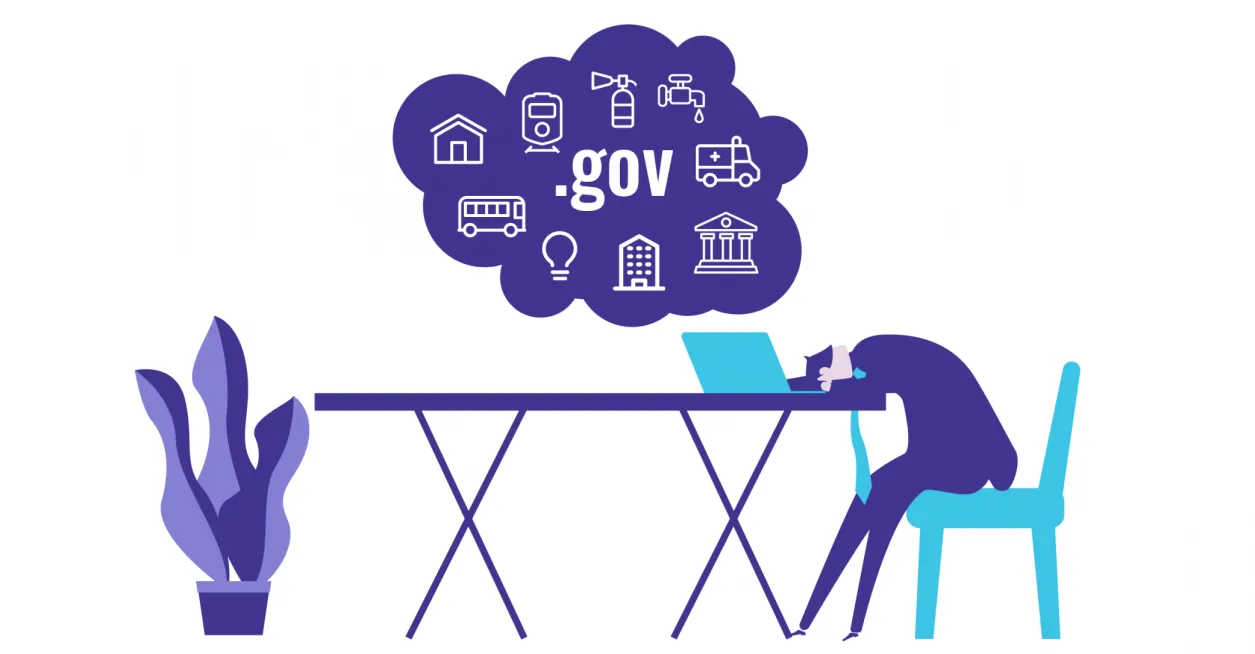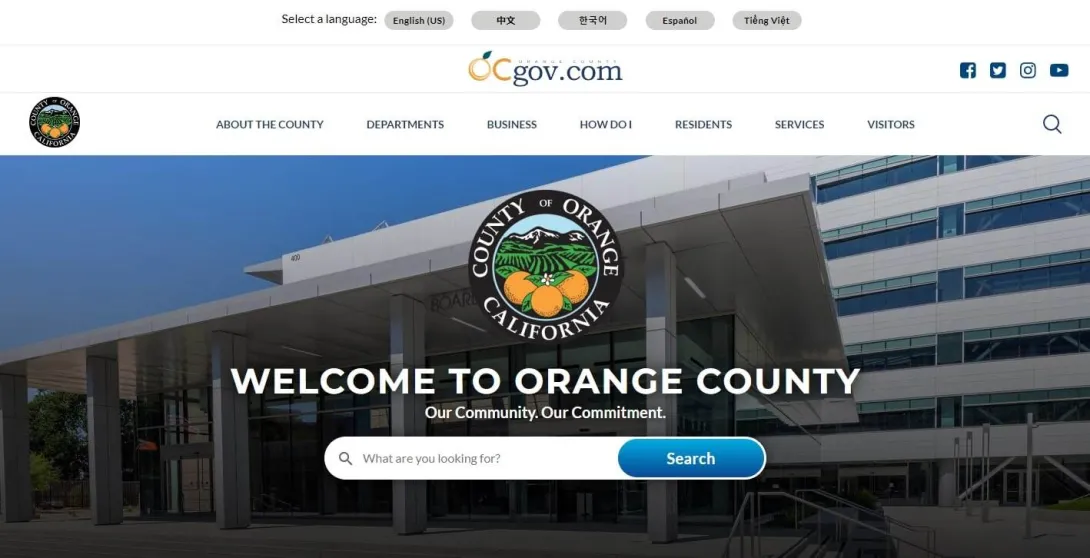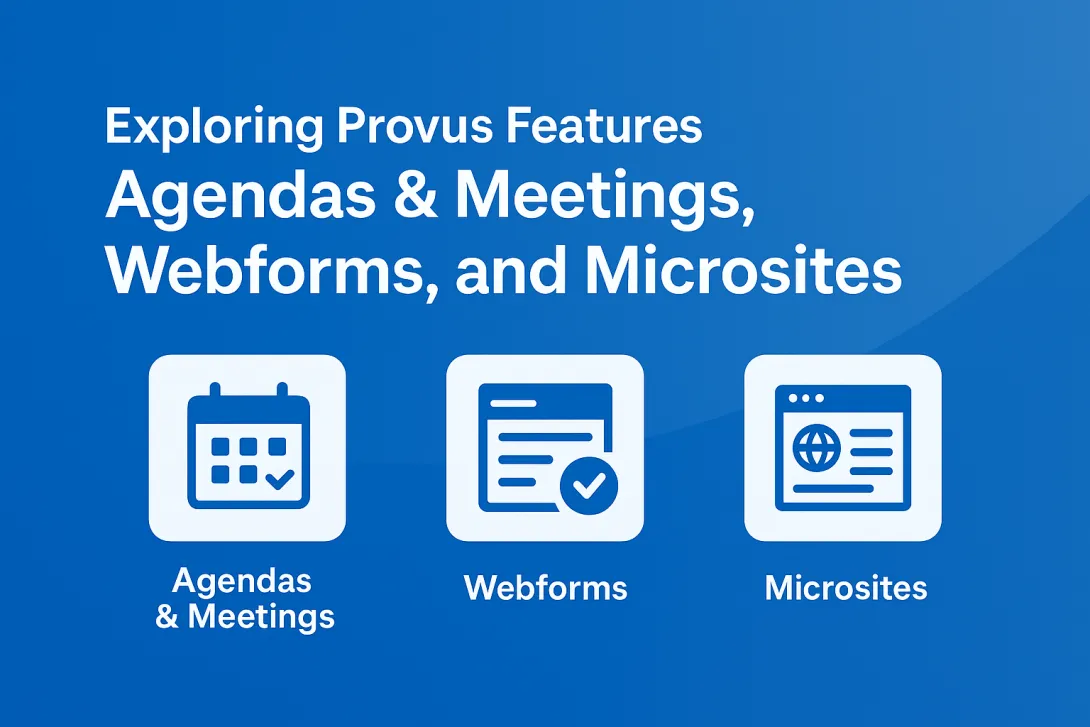Why Public Sector Websites Struggle—and How Open-Source Solutions Can Help

Table of Contents
Takeaway: Public sector websites often face challenges like vendor lock-in, limited flexibility, and high costs. Adopting open-source CMS solutions like Drupal addresses these pain points, providing greater innovation, improved security, and long-term sustainability.
Rising expectations for public sector websites
Websites for state and local governments are being called upon to do more heavy lifting than ever before.
Digital transformations and a wide range of initiatives in pursuit of greater efficiencies were well in the works at the start of 2020. COVID-19 took it up several notches—driving home the imperative for modern and easy-to-navigate online interactions that engage the entire spectrum of constituents, while stepping up sites to serve as the virtual town square for connecting and conducting business.
Within an environment of heightened expectations for rapid evolution and quick pivots, public sector sites are experiencing all kinds of growing pains:
- Content editors need to be able to easily make updates, revise layouts, or spin up new pages without filling out a ticket with IT or making the case for why a particular revision is a priority.
- Citizens have high expectations for quickly finding the information they need, with an efficient, value-added user journey that speaks their language.
- A wide range of stakeholders are focused on the vast cost savings that can result from transferring administrative functions to the website whenever possible. An IRS study revealed that the cost for an in-person visit to a tax center amounted to $64 and the cost of a phone call amounted to $41—vs. $0.10 for a website visit.
- Compliance officers face a range of issues. Even though compliance considerations can vary by state and municipality, The 21st Century Integrated Digital Experience Act (or 21st Century IDEA), which applies to federal government sites, can serve as a solid standards framework for modernization, accessibility, digitization of services and forms, and improved user experiences.
Conversations with a wide range of stakeholders for state and local government sites reveal one, overarching factor that can complicate efforts to ensure that public sector sites are positioned to meet current and future needs and expectations.
Pain point: Vendor lock-in
An overarching pain point, and the issue from which many other challenges emerge concerns proprietary vs. open-source CMS software. Flexibility is now an essential success factor, and stakeholders who have found themselves dependent upon the constraints of the licensing contract with the vendor that developed their CMS are often at a significant disadvantage.
At Promet Source, we’re avid open-source advocates, for reasons that include the benefits of collective brainpower, tighter security, and cost efficiency.
Our conviction is one the federal government shares.
State and local governments that opt for proprietary CMS software solutions that were developed and are owned by individual companies, find themselves committed—for the life of their website—to a web developer that owns the code.
That’s what’s called "vendor lock-in," and the impact is far from optimal.

Advantages of open-source software
As constituent expectations evolve and needs change, stakeholders whose websites were built by web developers who deploy their in-house developed, specialized software, often find themselves in an uncertain spot of hoping that:
- The developer of their site will continue to invest in and maintain the software
- The company stays in business
- The level of support does not decline
- The website’s features and functionality continue to evolve with the latest technology and trends
Hope does not tend to go very far as a business strategy, and the honeymoon that follows the build or launch of a new site can go in any number of unexpected directions. Private companies can radically shift directions. It happens every day.
And even if a proprietary CMS is developed by a team of tech geniuses who are committed for life to the success of the company and its clients, it is possible for a proprietary solution to come anywhere close to the level of innovation that’s fueled by an open-source community such as Drupal.
What about security?
The concept of open source can be counterintuitive, as the term "open" is often not equated with "secure." The fact is though, security is an essential advantage of open source.
Open-source software allows for thorough auditing of the code for purposes of detecting potential security threats. Site owners can modify the code as they see fit—whether to enhance security or customize a site to meet their specific needs.
The Drupal community is constantly monitoring for and alerting Drupal support partners to security threats, and users are thoroughly empowered on their own to shore up any vulnerabilities that they detect.
The fix: Migration to open-source software
The worldwide Drupal community exceeds 1 million members—100,000 of whom are actively supporting each other, creating documentation, sharing networking opportunities, and building freely available modules in response to constantly evolving market needs and expectations.
An essential difference when working with a Drupal developer vs. a proprietary developer is this: While there’s no guarantee that either will live up to expectations over the long haul, if a Drupal developer goes out of business or lets a public sector client down, the tooling and investment in the Drupal site remains intact.
The client owns the code and there are countless other Drupal developers willing and able to pick right up on the building or supporting the site.
A final note on the inherent vendor lock-in that results from the deployment of proprietary CMS software: Many have pointed out subtle, but significant, cultural distinctions between proprietary software developers and open-source web development agencies.
Proprietary agencies tend to be more invested in the sales pitch and messaging. Open-source agencies are more developer-driven with a focus on customization and support.
Our alignment with open source is both philosophical and practical
It turns out that freedom from the limitations of costly software licensing contracts while leveraging the innovative output and problem-solving skills of a vast global network of experts is a foundation for superior web design and development.
Interested in moving forward with web solutions that are focused on the big picture of current and future expectations for public sector sites?
Get our newsletter
Get weekly Drupal and AI technology advancement news, pro tips, ideas, insights, and more.




